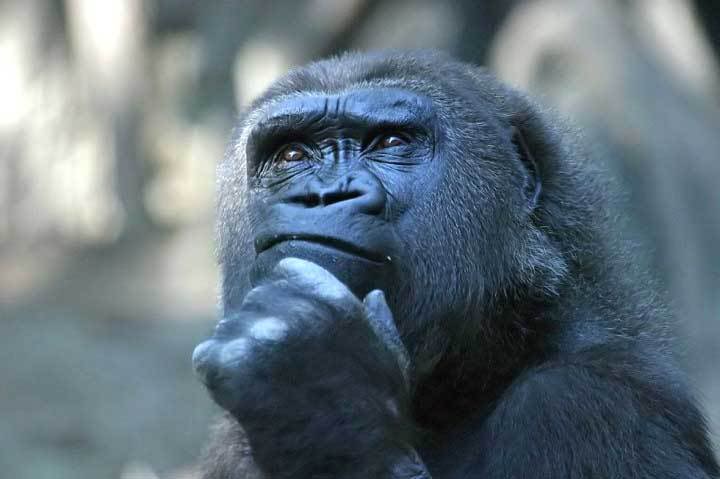 Throughout our lives we are educated to make rational decisions. What are the costs, what are the benefits, what are the impacts, what is possible? These are relatively easy elements to learn. Unfortunately our experience tells us that things don’t always work out as planned.
Throughout our lives we are educated to make rational decisions. What are the costs, what are the benefits, what are the impacts, what is possible? These are relatively easy elements to learn. Unfortunately our experience tells us that things don’t always work out as planned.
Later in life we understand that we need to make value-based decisions. Not on economic value, but using another criteria. Many decisions are not based on rationality but on our identity (Heath and Heath, 2011). It would seem that there is a dynamic tension between the rational/economic side and the identity side of decision making. For example, people make identity-based decisions on politics , but can also make economic decisions contrary to their ethical principles. Furthermore, people say they will do one thing, but can decide something entirely different when it comes to the crunch (Azjen, 1991).
However this can offer opportunities for the work of conservation. Chip and Dan Heath (2011) discuss Paul Butler’s work to conserve the St Lucia parrot and how he achieved a breakthrough once local people began to identify with the parrot. People began making different decisions about what was important and support for conservation of the bird increased dramatically.
Of course this type of change is only possible if the message about conservation is clear and credible. It is important to balance your rational/emotional/intuitive parts of your mind when persuading others or when making decisions. You need to be able to judge what is important to others as well as show them your own commitments and values.
Reading:
Ajzen, I. (1991) “The theory of planned behavior,” Organizational
Behavior and Human Decision Processes, 50 (2): 179–211.
Heath C. and Heath D. (2011) Switch: how to change things when change is hard. Random House, NY